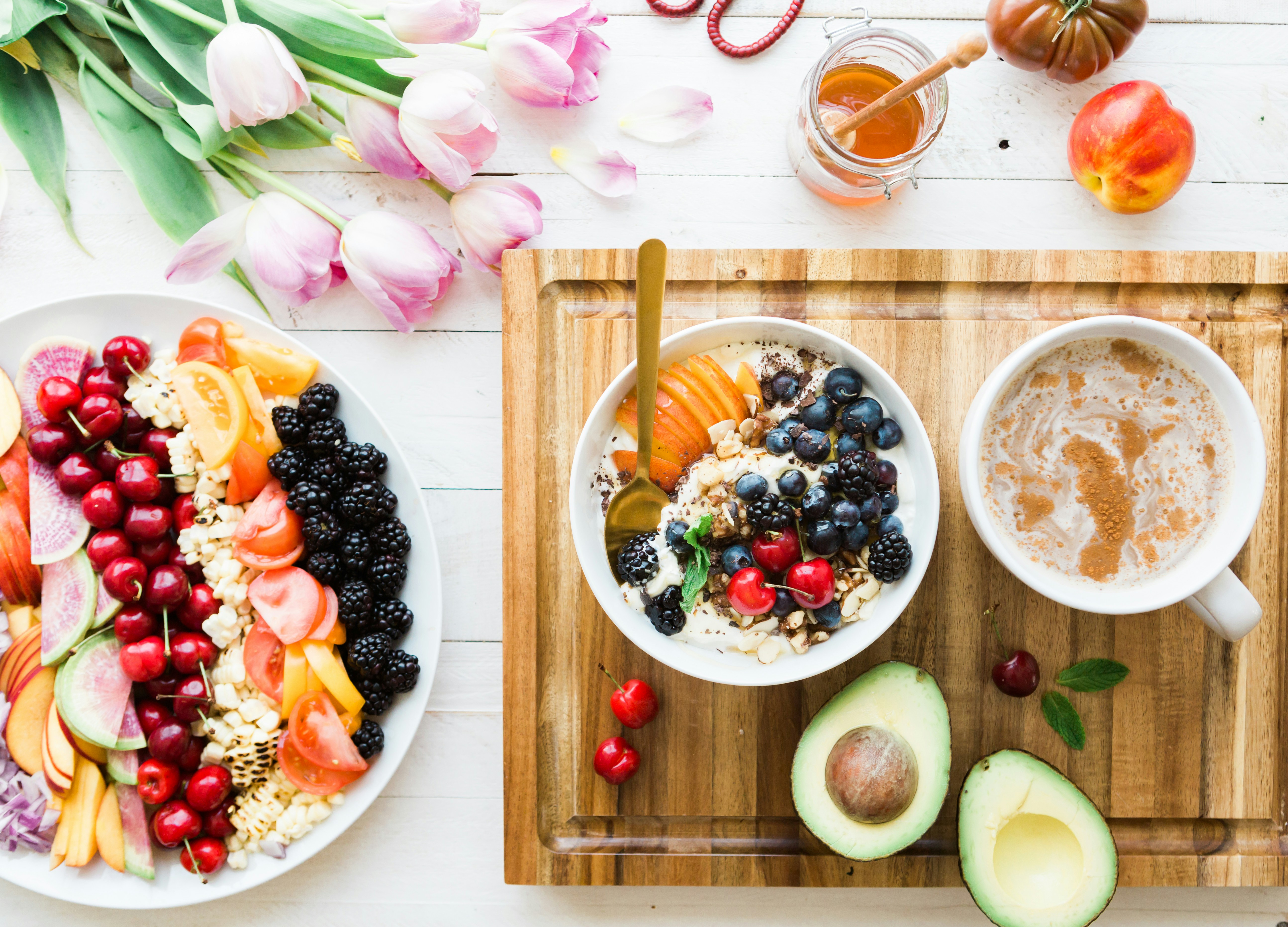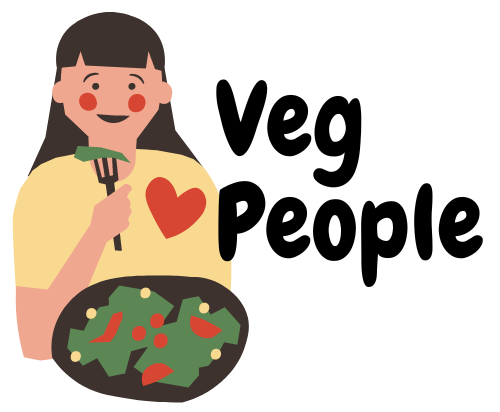The fundamentals of good nutrition, include dietary guidelines and general recommendations

Do you feel as if you are unable to keep up with the latest nutrition news since it is continuously evolving? Even if our knowledge of nutrition and food is expanding, there are certain principles of nutrition that you need know in order to make your way through the most current studies and suggestions for healthy diets. The cornerstone of proper nutrition is the consumption of a wide variety of nutritious foods as well as the adherence to diets that are beneficial to one’s health. Do you want to learn more about nutrition than just the basics? Talk to your primary care physician or a nutritionist if you want specialized dietary advice that takes into account your current state of health, your way of life, and the food choices you make (like saturated fat). There is a problem with the data that was supplied in response to this request. Please review the information shown below, make any necessary changes, and then resubmit the form.
Maintaining a healthy weight with proper nutrition
An eating plan that assists in managing one’s weight should include consumption of a variety of nutritious meals. Think of adding a range of colors to your dish as if you were trying to recreate the rainbow on your platter. The dark, leafy greens, oranges, and tomatoes, as well as the fresh herbs, are all examples of meals that are very rich in nutrients like fruit juice. It is possible to swiftly and simply add color and nutrients to stews and omelets by making use of frozen vegetables such as peppers, broccoli, or onions. The Dietary Guidelines for Americans 2020–2025 emphasize the importance of consuming whole grains, fruits, vegetables, and fat-free or low-fat milk and milk products as key components of a diet that is considered to be healthy. Shellfish, lean meats and poultry, eggs, legumes (beans and peas), soy products, almonds, and seeds are just a few examples of the many protein-rich foods and processed foods that are low in cholesterol, salt, added sugars, saturated fats, and trans fats, and that meet your daily calorie requirements. Other examples of food groups include foods such as shellfish, lean meats and poultry, and meats and poultry with less fat.
Fruits
Fruits may be eaten fresh, frozen, or canned. Instead than merely eating apples and bananas, you can try other fruits like mango, pineapple, or kiwi fruit. If fresh fruit isn’t in season, you may want to try dehydrated, canned, or frozen varieties instead. Be wary, since there is a possibility that sugar or syrup in starchy foods has been added to fruit that has been canned or dried. Pick canned fruit that has been either juiced or packed in water.
Vegetables
Make grilled or steamed veggies more interesting by seasoning them with a variety of herbs, such as rosemary. You may sauté (panfry) vegetables in a pan that does not adhere to the stovetop by first spraying the skillet with cooking spray. You may use microwave canned or frozen veggies for a fast side dinner to eat fewer calories. Attempt to discover canned veggies without salt, butter, or cream sauces. Try a new vegetable every week for variety.
Foods rich in calcium
In addition to fat-free and low-fat milk, you may also think about low-fat and fat-free yogurts that do not include any added sugars. These are available in a number of flavors and provide a nice alternative to dessert.
Meats
If your favored recipe calls for frying fish or breaded chicken with too much saturated fat, consider baking or grilling as healthier alternatives. If you have the option, replace the meat with dried beans instead. If you ask your coworkers, search the internet, or look through healthy foods magazines for recipes with less calories, you could be surprised to learn that you have a new go-to meal with fewer calories that you just like.
Foods to Warm You Up

A diet with unsaturated fats that is well balanced is essential to good health. Even if a meal includes a lot of calories, fat, or excess sugar, you may still enjoy it. The trick is to limit how often you take them and to compensate for the negative effects of doing so by eating healthier meals and engaging in more physical exercise. The following are some general guidelines about foods that provide comfort: Consume less of them overall. If you normally eat these meals every day, try limiting yourself to eating them once a week or once a month instead. Consume less calories to lose weight. If a chocolate bar is one of your go-to high-calorie treats, then you should set a restriction for yourself of just eating half of it. Consider a variation that has less calories. Alter the way you make the dish or substitute ingredients with less calories. Experiment with using non-fat milk, less butter, low-fat cheese, olive oil, fresh spinach, and tomatoes in place of whole milk, butter, and full-fat cheese in your macaroni and cheese recipe, for instance. You could also try using full-fat cheese instead of full-fat cheese. Just make sure you don’t stuff yourself more than you normally would.
Ideas for a 1-Week Healthy and Balanced Meal Plan: Recipes and Prep
At Verywell, we think there isn’t a single, universal strategy for leading a healthy lifestyle. Individualized eating programs that take into account the full person are necessary for success. Consult a healthcare professional or a trained dietitian before beginning a new diet plan, especially if you have a pre-existing medical condition. For many people, eating a healthy, balanced diet is a goal. Although this is a great objective for health reasons, each person will define “healthy” and “balanced” differently.
Healthy eating: healthy diets
A diet that is lean on lean proteins and healthy fats is typically considered to be healthy and balanced. Creating a meal plan is a fantastic way to organize and no matter what your nutritional objectives are, meal planning can help you stay on target. Planning and preparation don’t have to take a lot of time or be difficult. Meal planning can be a useful tool to help you stay energized, fulfill your nutritional objectives, avoid food waste, and save money. These simple procedures include creating a shopping list, buying wisely, and meticulously preparing food ahead of time.
Why a Healthy and Balanced Diet Needs Nutrition
As nutrition requirements varies depending on a person’s gender, height, weight, level of exercise, and many other characteristics, a healthy, balanced diet looks different for every individual. There are several things to take into account when deciding what is “healthy” and “balanced” for you. Consider your tastes, dietary requirements, cooking skills, health, and other factors. As long as every meal and snack contains some protein, fiber, complex carbohydrates, and a small amount of fat, creating a daily menu is not difficult. 1 You might want to budget between 100 and 250 calories for each snack and between 300 and 600 calories for each meal, but you might need more or less depending on how hungry you are and how much energy you require.

